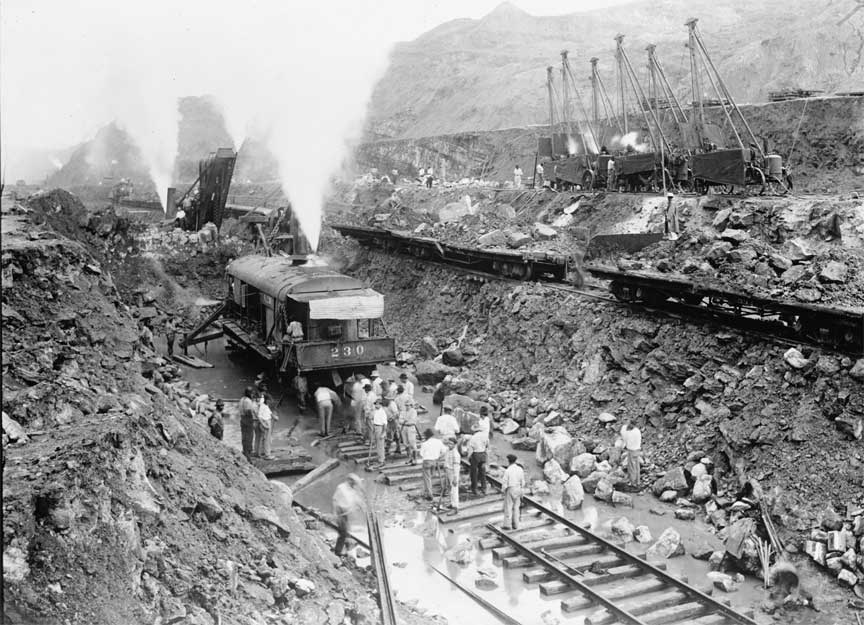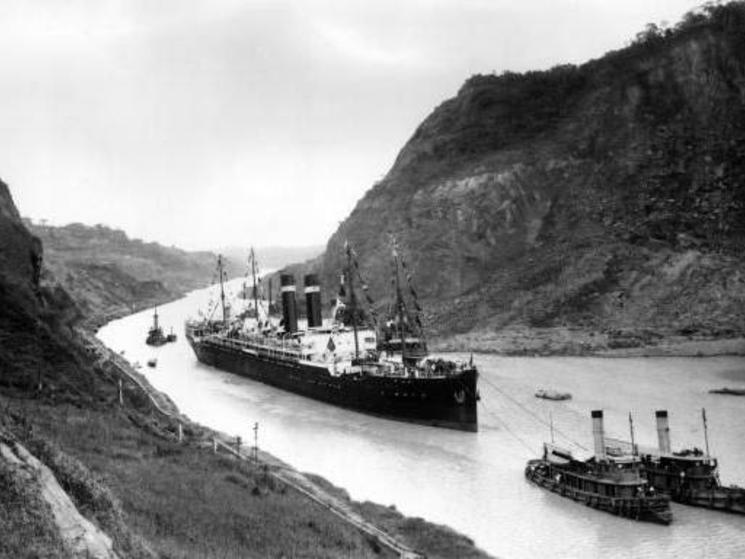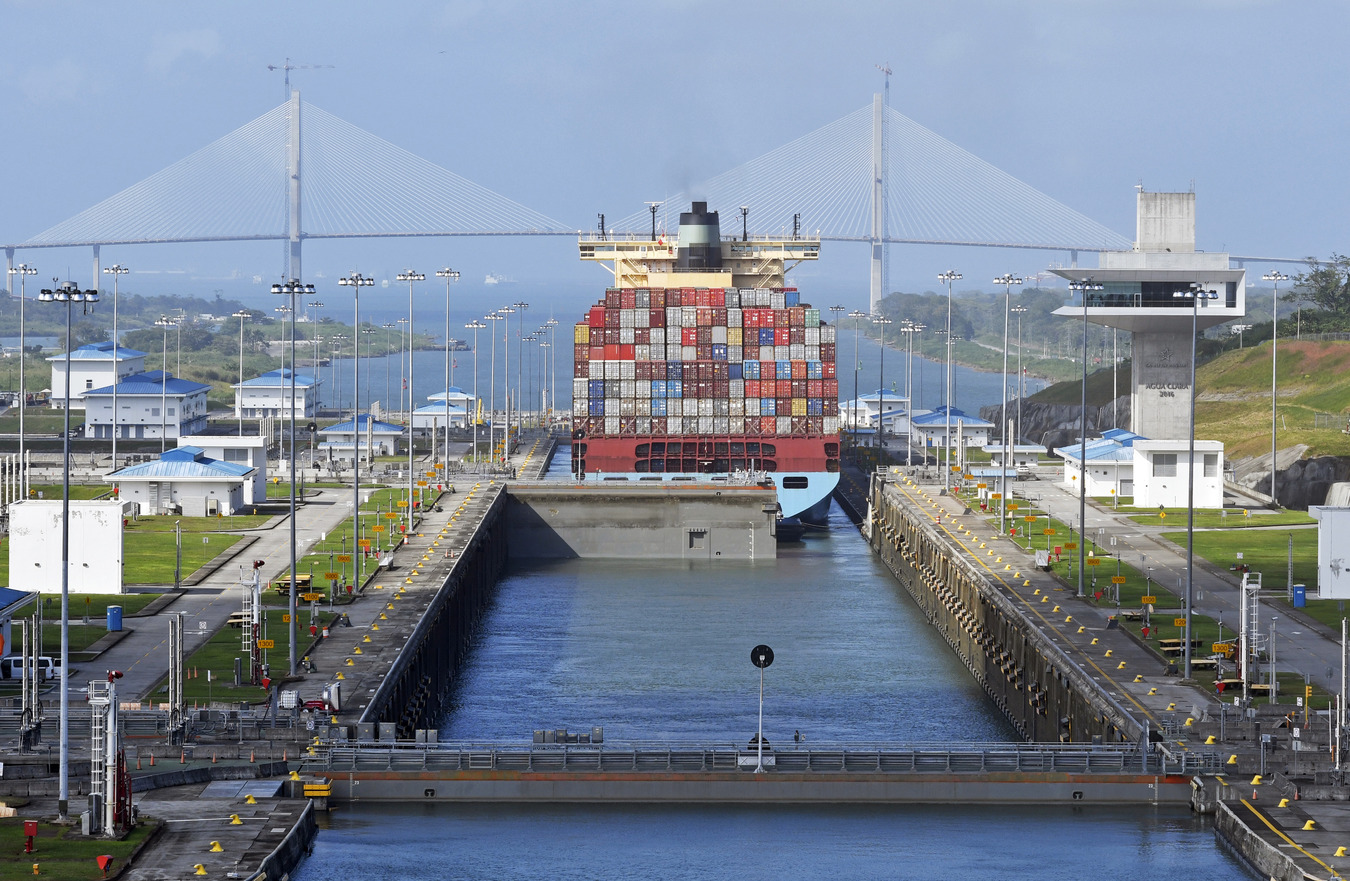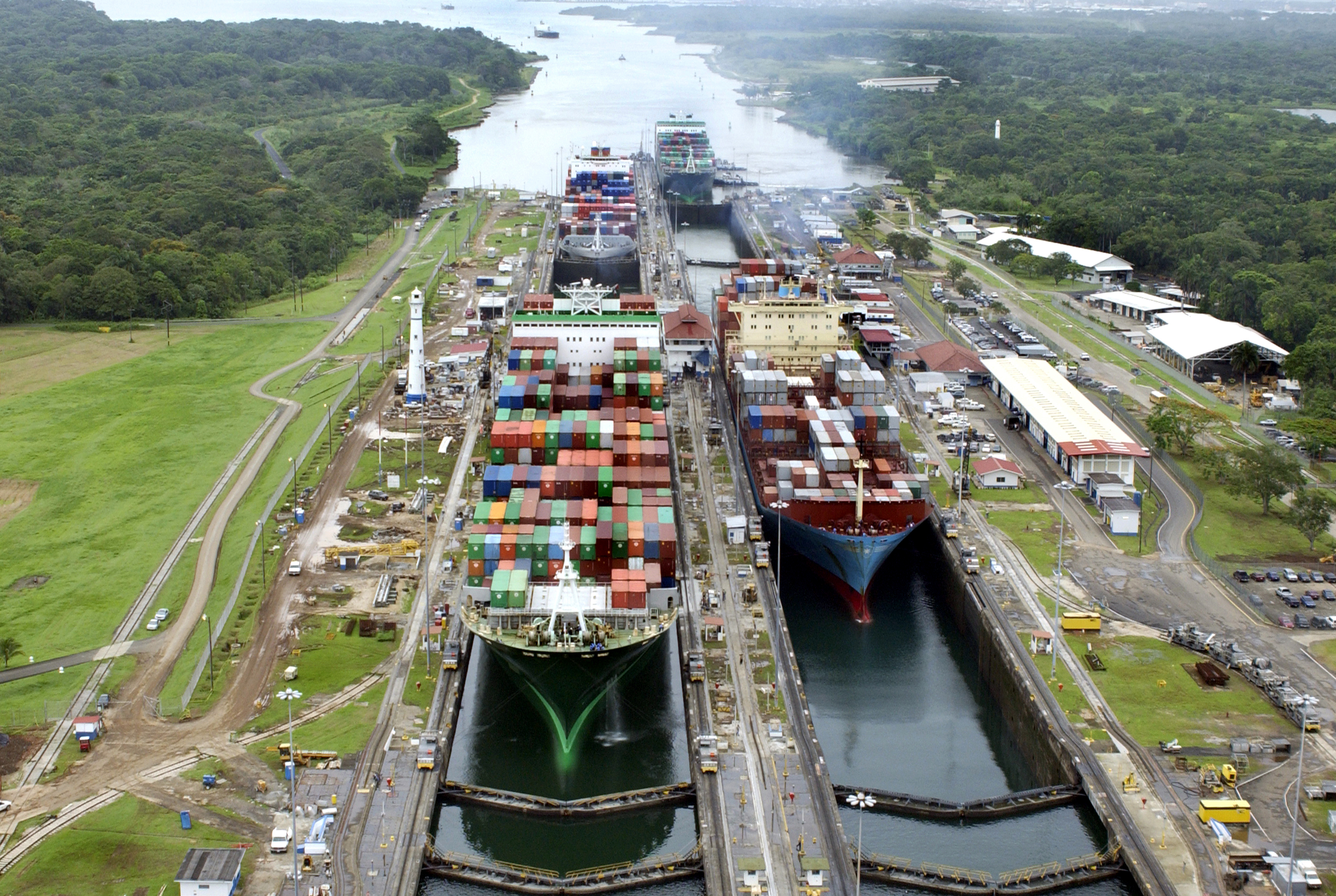The Panama Canal, one of the most iconic and complex engineering feats in history, connects the Atlantic and Pacific Oceans, allowing ships to pass through the Isthmus of Panama in Central America. According to
Britannica - Encyclopedia Britannica, the Panama Canal is a 51-mile (82 km) long shipping canal that has revolutionized global trade and commerce. In this article, we'll delve into the history, significance, and operations of the Panama Canal, highlighting its importance in international shipping.
A Brief History of the Panama Canal
The concept of a canal across the Isthmus of Panama dates back to the 16th century, but it wasn't until the late 19th century that the French began construction on the project. However, due to engineering challenges, tropical diseases, and financial issues, the French abandoned the project in 1889. The United States took over the project in 1904 and completed it in 1914, with the canal officially opening on August 15, 1914.
How the Panama Canal Works
The Panama Canal is a lock-based system, with three sets of locks that raise and lower ships between the two oceans. The canal's operation is based on the principles of gravity and water flow, with water from Gatun Lake, an artificial lake in the middle of the canal, used to raise and lower ships. The process of passing through the canal takes around 8-10 hours, with ships paying tolls based on their size and type.
Significance of the Panama Canal in International Shipping
The Panama Canal is a vital artery of global trade, with over 14,000 vessels passing through it every year. The canal saves time, fuel, and resources by allowing ships to travel between the Atlantic and Pacific Oceans without having to navigate around South America. This has a significant impact on international trade, as it:
Reduces travel time and costs for ships
Increases the efficiency of global supply chains
Enhances economic growth and development in the region
Supports the growth of international trade and commerce
Interesting Facts About the Panama Canal
The Panama Canal is one of the busiest shipping lanes in the world, with over 1.6 million vessels passing through it since its opening.
The canal's locks use over 52 million gallons of water per ship, which is equivalent to the daily water consumption of a city of 500,000 people.
The Panama Canal Authority, which operates the canal, generates over $2 billion in annual revenue from tolls.
The Panama Canal is an engineering marvel and a crucial component of global trade and commerce. Its significance extends beyond its role in international shipping, as it has also become a symbol of human ingenuity and perseverance. As the world's economy continues to grow and evolve, the Panama Canal will remain an essential artery of global trade, connecting nations and fostering economic development. Whether you're a shipping industry professional or simply interested in learning more about this incredible feat of engineering, the Panama Canal is an fascinating topic that continues to captivate audiences around the world.
Note: This article is optimized for search engines with relevant keywords, meta descriptions, and header tags to improve its visibility and ranking.









